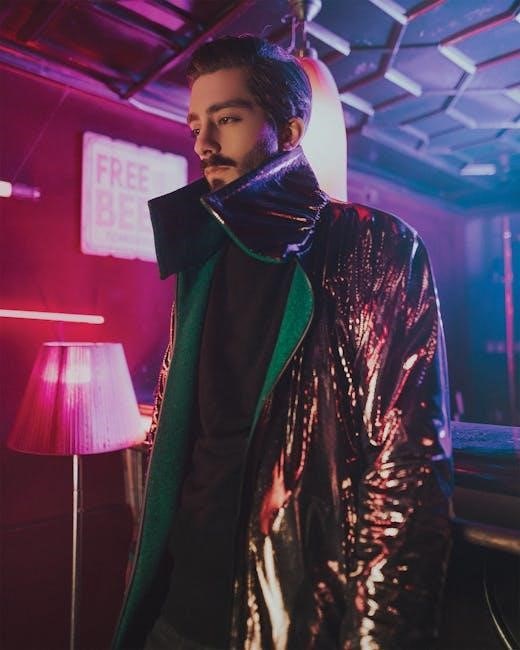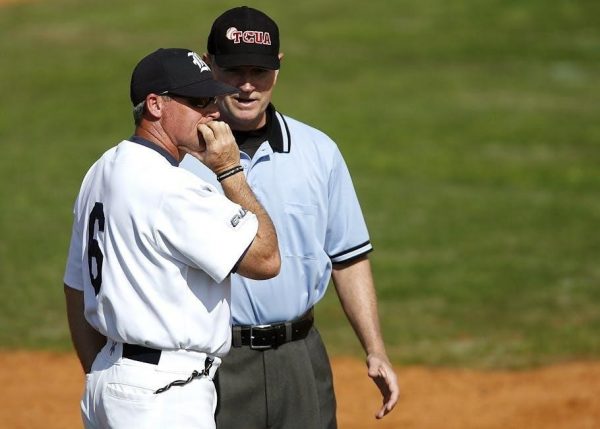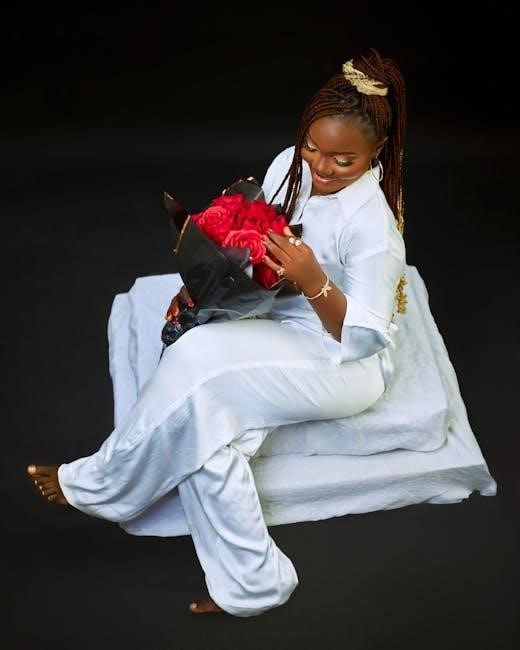Camera shots and angles are fundamental elements in visual storytelling, helping establish scenes, evoke emotions, and guide audience focus. They create a visual hierarchy, enhancing narrative depth and engagement.
1.1 Overview of Camera Shots and Angles
Camera shots and angles are essential tools in filmmaking, used to frame scenes, guide audience focus, and convey emotion. Shots vary in size, from extreme long shots capturing vast landscapes to extreme close-ups highlighting details. Angles, such as high, low, or Dutch, influence the viewer’s perception of power and mood. Together, these elements help establish context, create visual hierarchy, and enhance storytelling. Understanding their purpose and application is crucial for effective visual communication in film and photography, making them foundational concepts for creators aiming to engage and immerse their audience.
1.2 Importance of Camera Shots in Filmmaking
Camera shots are vital in filmmaking as they dictate the visual language of a story. They establish setting, focus attention, and evoke emotions, guiding the audience’s experience. Different shots create intimacy or grandeur, while angles like high or low shots convey power dynamics. Proper use enhances storytelling, making scenes more engaging and immersive. By controlling what the audience sees, filmmakers shape perceptions and emotions, ensuring each frame contributes to the narrative’s impact. This makes camera shots indispensable for creating compelling and memorable cinematic experiences.
Types of Camera Shots
Camera shots vary from extreme long shots to close-ups, each serving unique purposes. They include long shots, medium shots, close-ups, and extreme close-ups, framing subjects effectively.
2.1 Extreme Long Shot
The extreme long shot captures vast environments, often dwarfing subjects within the landscape. Used to establish settings or emphasize a character’s isolation, it provides context and scale, setting the scene’s tone and helping viewers understand the character’s place within the larger narrative. This shot is particularly effective in outdoor settings, such as expansive landscapes or cityscapes, where the subject appears small, highlighting their surroundings’ grandeur. It aids in creating a sense of atmosphere and prepares the audience for the story’s unfolding drama or adventure, making it a powerful tool in visual storytelling.
2.2 Long Shot
The long shot captures the subject from head to toe, often within their environment, providing a broader view of the scene. This shot is ideal for showing group interactions, character movements, or the relationship between the subject and their surroundings. It allows the audience to see the context of the scene while maintaining a balance between the subject and the setting. The long shot is versatile, offering a clear view of the action without focusing too closely on details, making it useful for establishing scenes and conveying the spatial relationships within a frame, while keeping the subject prominent yet part of the larger environment.
2.3 Medium Shot
The medium shot frames the subject from the waist up, balancing the person with their surroundings. It captures facial expressions while showing body language and gestures. This shot is widely used in dialogues, as it maintains a clear view of the subject’s reactions and interactions. The medium shot provides enough context to understand the environment without overwhelming the subject’s presence. It strikes a balance between intimacy and spatial awareness, making it ideal for scenes requiring both emotional engagement and situational clarity, allowing the audience to connect with the subject while being aware of their setting, making it a versatile choice in storytelling and character development scenes.
2.4 Close-Up Shot
The close-up shot focuses tightly on a subject’s face or object, emphasizing details and emotions. It isolates the subject from the background, drawing the audience’s attention to specific expressions or reactions. This shot is crucial for conveying intense emotions, such as fear, joy, or determination, making it highly effective in dramatic scenes. Close-ups also highlight important objects, like a key or a letter, to stress their significance. By narrowing the visual focus, the close-up creates a powerful emotional connection, allowing viewers to deeply engage with the subject’s feelings and the narrative’s pivotal moments, enhancing storytelling impact and audience immersion in the scene.
2.5 Extreme Close-Up Shot
The extreme close-up shot frames a tight, highly detailed view of a subject, often focusing on specific features like eyes, lips, or objects. This intense framing eliminates most of the background, drawing the audience’s full attention to the subject’s subtle expressions or textures. It is commonly used to emphasize emotions, such as fear or determination, or to highlight the significance of small objects, like a key or a letter. By isolating details, the extreme close-up creates a powerful emotional intimacy, immersing viewers in the character’s experience and amplifying the scene’s dramatic impact, making it a compelling tool in storytelling and visual narrative.
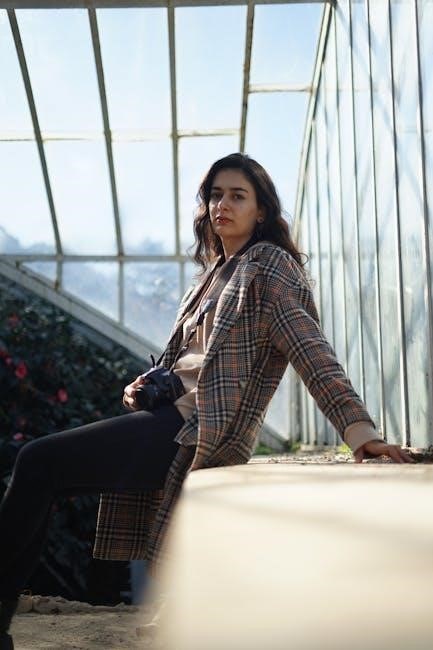
Camera Angles
Camera angles refer to the position and perspective from which a scene is filmed, influencing the audience’s emotional response and character perception.
3.1 High Angle Shot
A high angle shot positions the camera above the subject, looking down, often making the subject appear small or vulnerable. This angle emphasizes the environment, establishing scenes like landscapes or cityscapes. It can convey a sense of isolation, weakness, or insignificance, as the subject seems overshadowed by their surroundings. High angles are commonly used in dramatic or introspective moments to evoke empathy or highlight a character’s emotional state. For example, in Harry Potter, high angles were used to showcase the vastness of Hogwarts, creating a sense of awe and wonder while grounding the narrative in its expansive world.
3.2 Low Angle Shot
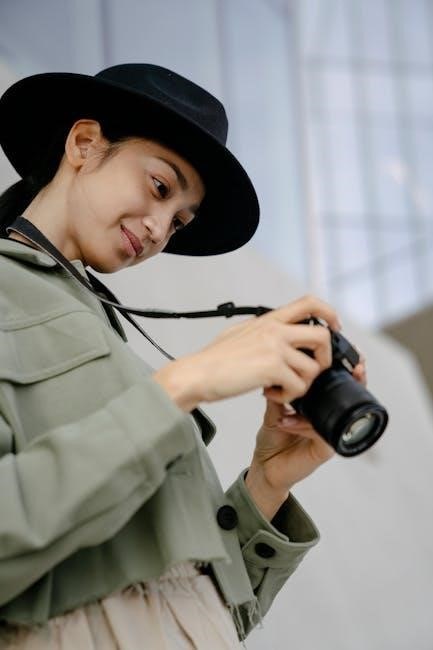
A low angle shot captures the subject from below, often making them appear powerful, dominant, or heroic. This perspective elevates the subject’s stature, emphasizing strength or authority. It creates a dynamic composition, drawing the viewer’s eye upward, and can instill a sense of admiration or intimidation. Low angles are frequently used in action scenes or to highlight a character’s confidence, such as in superhero films. The technique also adds visual interest by altering the viewer’s usual eye-level perspective, making scenes feel more dramatic and engaging. This angle is crucial for shaping the audience’s emotional response to a character or situation.
3.3 Eye-Level Shot
An eye-level shot frames the subject at their natural height, creating a neutral and realistic perspective. This angle places the camera at the same height as the subject’s eyes, fostering a sense of equality and normalcy. Often used in dialogue scenes, it helps the audience connect with characters on a personal level. Eye-level shots are versatile, providing a balanced view without emotional bias, making them ideal for everyday interactions and character development. They maintain audience engagement by keeping the focus on the subject’s expressions and actions, ensuring clarity and emotional resonance in storytelling.
3.4 Dutch Angle
A Dutch angle, also known as a canted shot, tilts the camera to one side, creating an uneven horizon. This technique introduces a sense of unease, tension, or disorientation, often used in horror or thriller genres. The tilted framing disrupts the viewer’s balance, visually representing instability or chaos. It can imply a character’s confusion, anxiety, or an unsettling situation. Dutch angles are a powerful tool for evoking emotions and adding visual interest, commonly used to signal something is “off” or to heighten dramatic moments, making the scene feel more dynamic and psychologically charged.
3.5 Over-the-Shoulder Angle
The over-the-shoulder angle frames one character from behind the shoulder of another, often used in dialogue scenes to capture both the speaker and the listener. This shot emphasizes interaction and reaction, providing a balanced view of both characters. It allows the audience to see facial expressions while maintaining context. The angle is versatile, enabling seamless cuts between characters without isolating them. Over-the-shoulder shots are essential for dynamic storytelling, fostering engagement and maintaining visual interest during conversations. They are widely used in films and television to create a natural, immersive experience, ensuring the audience stays connected to the dialogue and emotions of the scene.
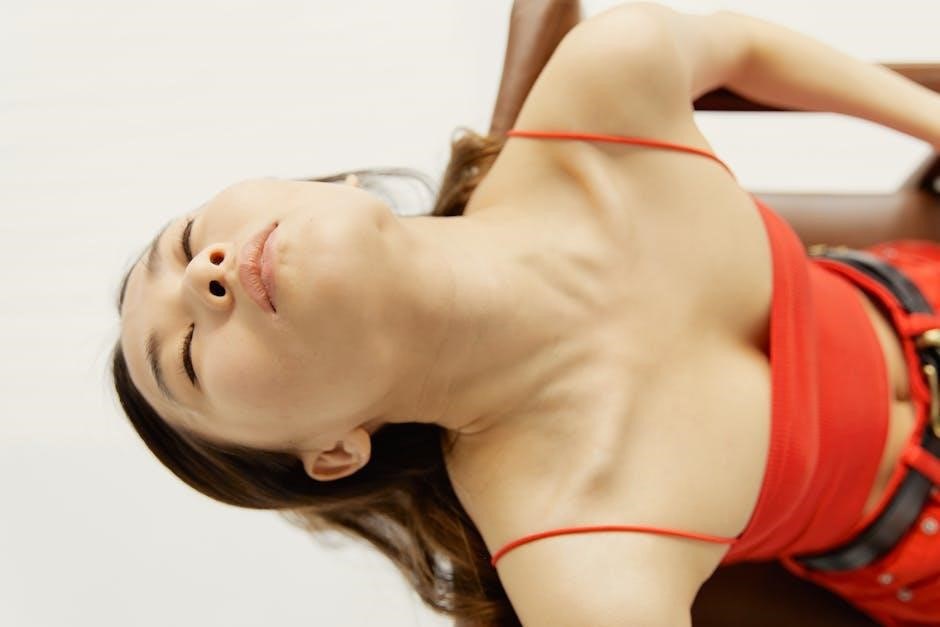
Camera Movements and Dynamics
Camera movements and dynamics add depth and emotion to scenes through motion, creating a visual rhythm that enhances storytelling and audience engagement. They guide focus and elevate tension dynamically.
4.1 Dolly Shot
A dolly shot involves moving the camera along a track towards or away from the subject. This smooth movement creates depth, emphasizing emotions or spatial relationships. It’s often used to highlight a character’s reaction or build tension. By adjusting the speed and direction, filmmakers control the narrative flow, guiding the audience’s focus. Dolly shots are versatile, enhancing both intimate moments and expansive scenes, making them a cornerstone in cinematic storytelling to convey subtle yet powerful visual cues.
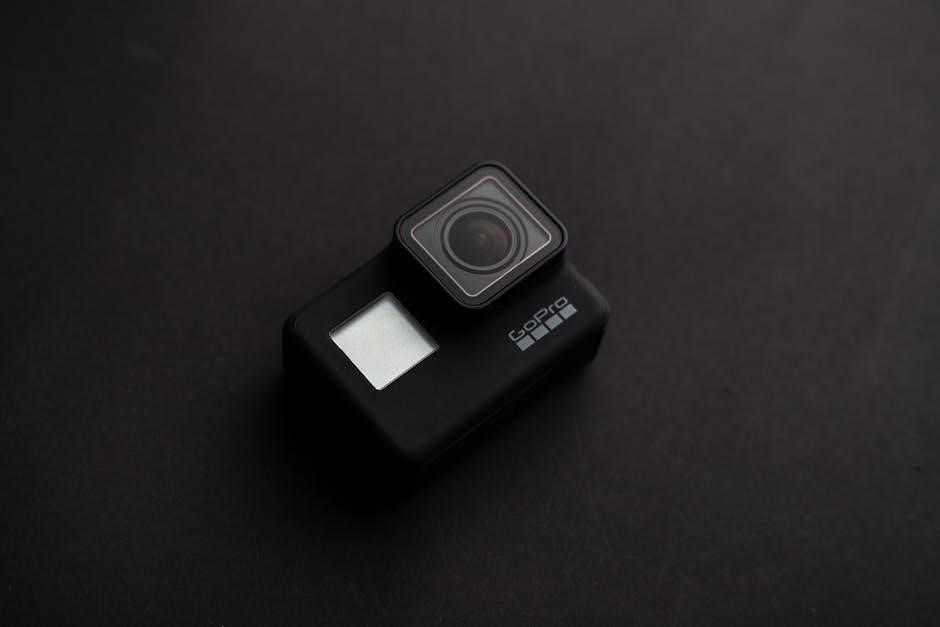
4.2 Tracking Shot
A tracking shot follows a moving subject horizontally or vertically, often alongside action. It captures dynamic movement, maintaining focus on the subject while revealing the environment. This shot enhances immersion, creating a sense of realism and engagement. Tracking shots are commonly used in action sequences or to highlight character interactions, providing context and depth to scenes. The fluid motion keeps the audience connected to the narrative, making it a powerful tool in storytelling to convey energy and emotion effectively. This technique is essential for dynamic storytelling, ensuring viewers remain engaged.
4.3 Handheld Shot
A handheld shot involves a camera operator holding the camera, creating a dynamic, unsteady effect. This technique adds realism and immediacy, often used in documentaries or dramatic scenes to convey tension or intimacy. The slight movements mimic human perception, making scenes feel more authentic. Handheld shots are versatile, allowing quick adjustments and natural framing. They enhance emotional impact by placing the audience in the action, creating a sense of spontaneity. This method is ideal for capturing raw, unscripted moments, offering a unique visual style that engages viewers deeply in the narrative.
4.4 Crane Shot
A crane shot uses an overhead crane or camera rig to lift the camera high above the scene, capturing sweeping movements. This technique creates dramatic, panoramic views, often used to establish settings or highlight action. Crane shots add visual grandeur, emphasizing the scale and grandeur of a scene. They can elevate the emotional impact, providing a bird’s-eye perspective that immerses the audience. Crane shots are particularly effective in action sequences or grand finales, offering a dynamic transition from ground level to an aerial view, enhancing storytelling through cinematic flair and technical precision.

Psychology of Camera Shots and Angles
Camera shots and angles influence emotions and perceptions, shaping the narrative through deliberate framing and movement. They create mood, guide focus, and convey themes subtly.
5.1 Emotional Impact of Different Shots
Different camera shots evoke distinct emotions, guiding the audience’s connection to the scene. A high-angle shot can create a sense of vulnerability or insignificance, while a low-angle shot empowers the subject, conveying strength. Close-ups amplify emotions, drawing focus to a character’s expressions, and extreme close-ups highlight specific details like eyes or objects. Dutch angles introduce unease or tension, altering the viewer’s perception. Over-the-shoulder shots establish dialogue dynamics and intimacy. Each shot is carefully chosen to enhance the emotional depth of the narrative, ensuring the audience resonates with the story’s tone and the characters’ feelings.
5.2 Storytelling Through Camera Angles
Camera angles play a pivotal role in storytelling, shaping the audience’s perception and emotional engagement. High-angle shots establish scenes, while low-angle shots create a sense of power or heroism. Eye-level angles foster a natural, relatable viewing experience. Dutch angles introduce tension or unease, signaling something is amiss. Over-the-shoulder shots facilitate dialogue and character dynamics. These techniques guide the narrative, manipulating the viewer’s focus and emotional response. By carefully selecting angles, filmmakers control the pacing, tone, and depth of the story, ensuring each frame contributes to the overarching narrative intent.
